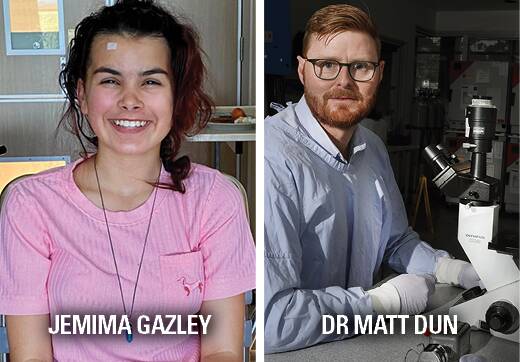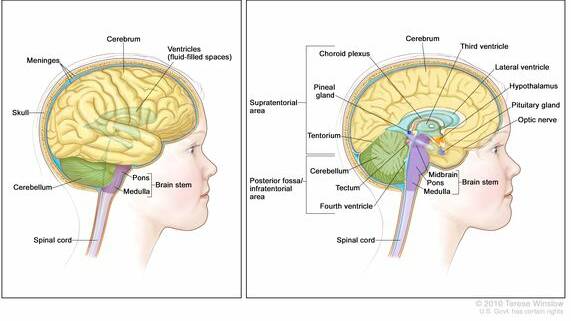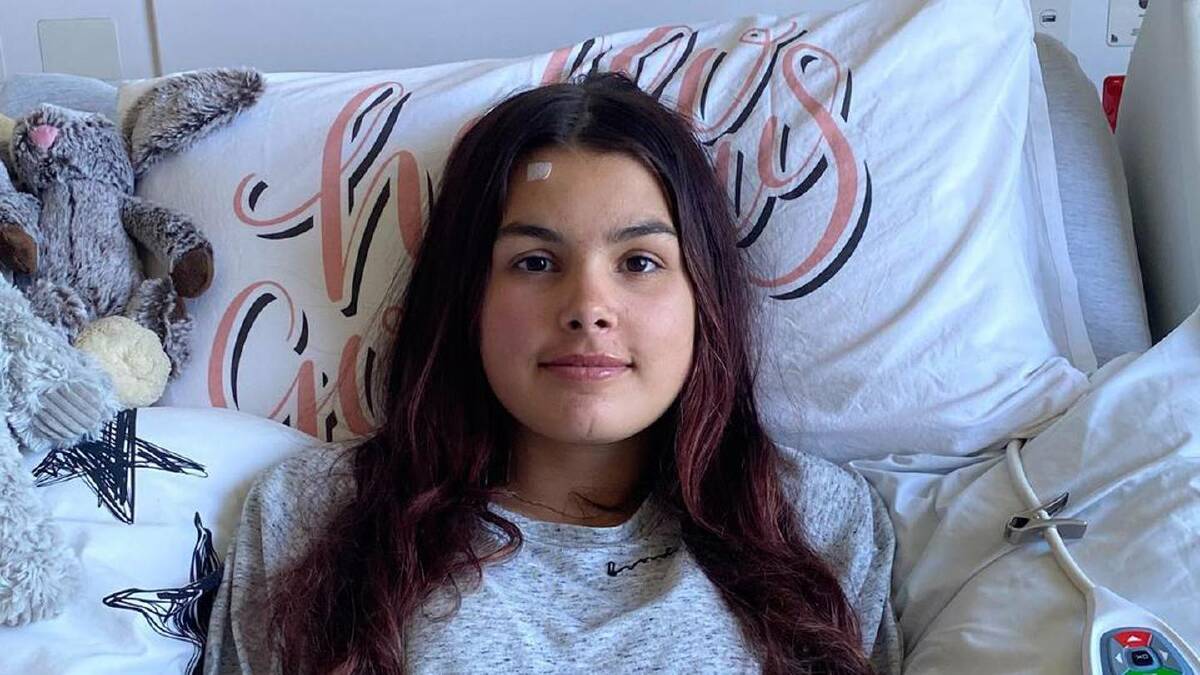
FEW illnesses are as terrifying, and heart-rending, as childhood cancers.
One of those cancers is DIPG, short for "diffuse intrinsic pontine glioma". Glial cells are the white matter of the brain.
The pons is a part of the brain stem, and it regulates many basic bodily functions.
A diffuse cancer is one where the cells spread widely, meaning surgery is almost never an option.
Finding a cure - or at least a functional treatment - has become a personal crusade for University of Newcastle biomedical scientist, Associate Professor Matt Dun, whose main research area was leukaemia until he and his wife Phoebe were confronted with the unwelcome news that their daughter, Josephine, had DIPG.
Josephine died, aged just four, in December 2019.
She had been diagnosed 22 months previously and her family's battle to save her was chronicled by the Newcastle Herald's health reporter, Anita Beaumont.
Word of Dr Dun's work spread far and wide and he is regularly contacted by parents who find themselves in the same frightening position.
So it was that New Zealanders Oliver and Ray Gazley - whose daughter, Jemima, was diagnosed with DIPG in February - reached out to Dr Dun.

All too sadly, Jemima died last week, aged just 15, but not before making headlines across New Zealand - and now here - for her DIPG fundraising efforts, and for her insistence on having her tumour extracted, post mortem, and sent to Dr Dun to work with here in Newcastle.
LONGREADS:
As he explains, cell-line research has been incredibly important to medical researchers for more than half a century.
Some of the most prominent cells-lines are known as HELA, after their donor, African-American woman Henrietta Lacks, who died of cervical cancer in 1951.
Her identity remained little known until a 2010 book, The Immortal Life of Henrietta Lacks, triggered a major debate on medical ethics.
On Givalittle - a Kiwi crowdfunding page - Jemima's family wrote of the cancer growing like a spiderweb in her head, and of the work being done to try to end DIPG's reign of terror.
MATT DUN'S RESEARCH:
-
Sept 2019: Dunn receives $600,000 NHMRC grant to continue DIPG work
-
Oct 2019: Premier's Award recipient
-
May 2020: Drug combination 'Eureka moment'
-
June 2020: Dunn interviewed by SBS Insight program
-
July 2020: Dunn and team look for cancer-killing potential in medicinal cannabis
Jemima's plight, and her determination to make her final months count, resulted in upwards of $650,000 raised towards the cause.
In her final months in Wellington, Jemima did everything she could to leave a legacy for others.
Now, Dr Dun and others at the University of Newcastle will do their best to fulfil her hopes.
ISSUE: 39,701








